The cultural tapestry of America has been profoundly shaped by Black communities that have established thriving neighborhoods, towns, and cultural centers throughout the nation’s history. These historic areas stand as living testaments to resilience, achievement, and the ongoing struggle for equality that continues to shape American society.
Here is a list of 20 historic Black communities across America that offer visitors meaningful opportunities to engage with this essential dimension of our shared heritage.
Greenwood District – Tulsa, Oklahoma
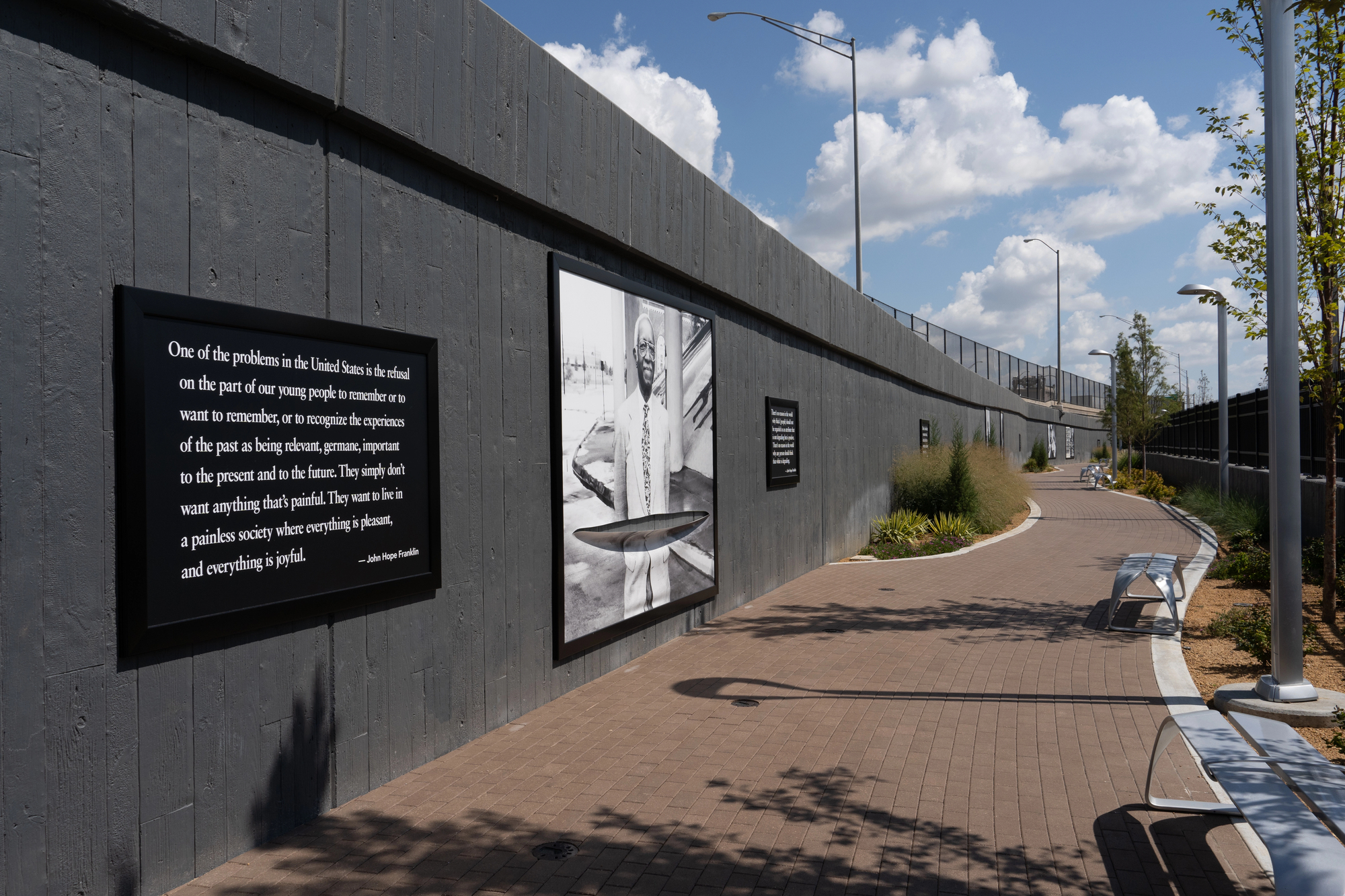
Once known as “Black Wall Street,” this prosperous district represented the pinnacle of Black economic success in the early 20th century. Though devastated by the 1921 race massacre, today the area features the Greenwood Cultural Center and the newly opened Greenwood Rising History Center, which documents both the community’s remarkable achievements and the tragic violence it endured.
Sweet Auburn – Atlanta, Georgia
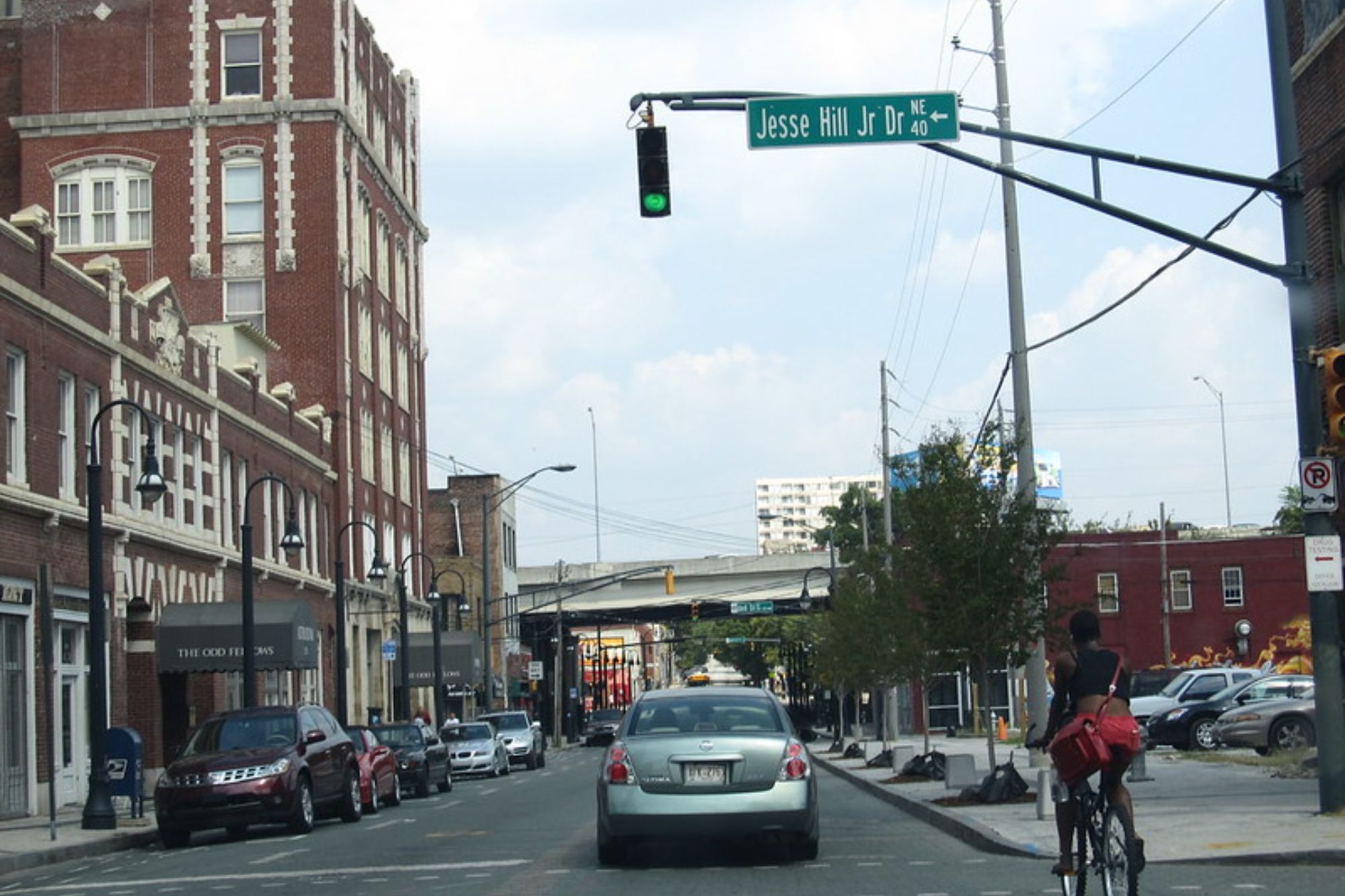
This bustling commercial corridor earned the nickname “the richest Negro street in the world” during the early 1900s. Visitors can tour the birth home of Dr. Martin Luther King Jr., the historic Ebenezer Baptist Church where he preached, and the King Center, all while experiencing the neighborhood’s ongoing renaissance of Black-owned businesses and cultural institutions.
Bronzeville – Chicago, Illinois
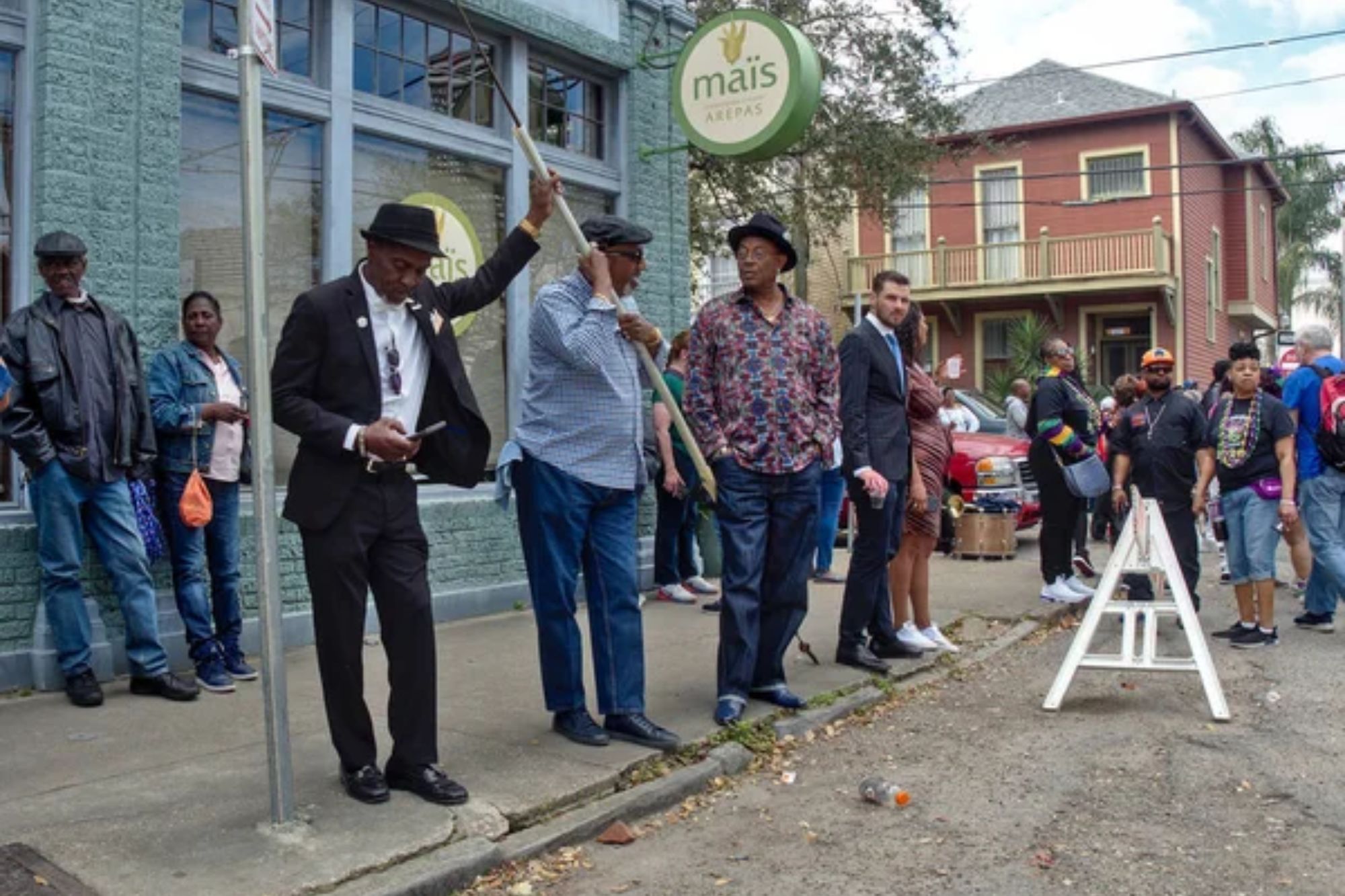
Known as the “Black Metropolis,” this South Side neighborhood became the center of African American life during the Great Migration. The Bronzeville Walk of Fame celebrates notable residents, including Ida B. Wells, Louis Armstrong, and Gwendolyn Brooks, while historic landmarks like the restored Supreme Life Building showcase the community’s entrepreneurial legacy.
Like Travel Pug’s content? Follow us on MSN.
Tremé – New Orleans, Louisiana
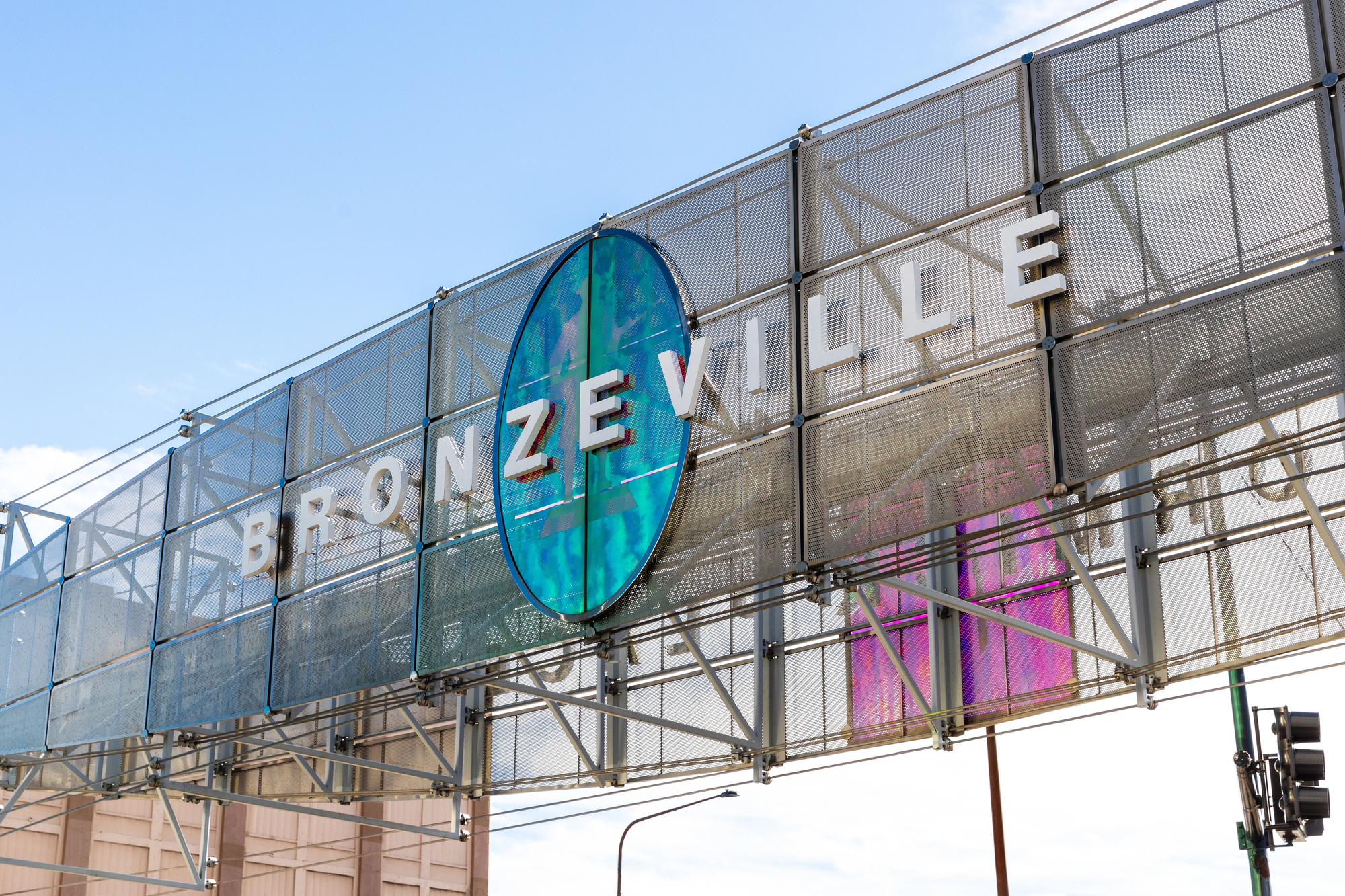
Considered America’s oldest African American neighborhood, Tremé has been a cultural wellspring since the early 19th century. The area houses Congo Square, where enslaved people gathered to preserve African traditions, the historic St. Augustine Catholic Church, and numerous sites central to the development of jazz music as an art form.
Nicodemus – Kansas
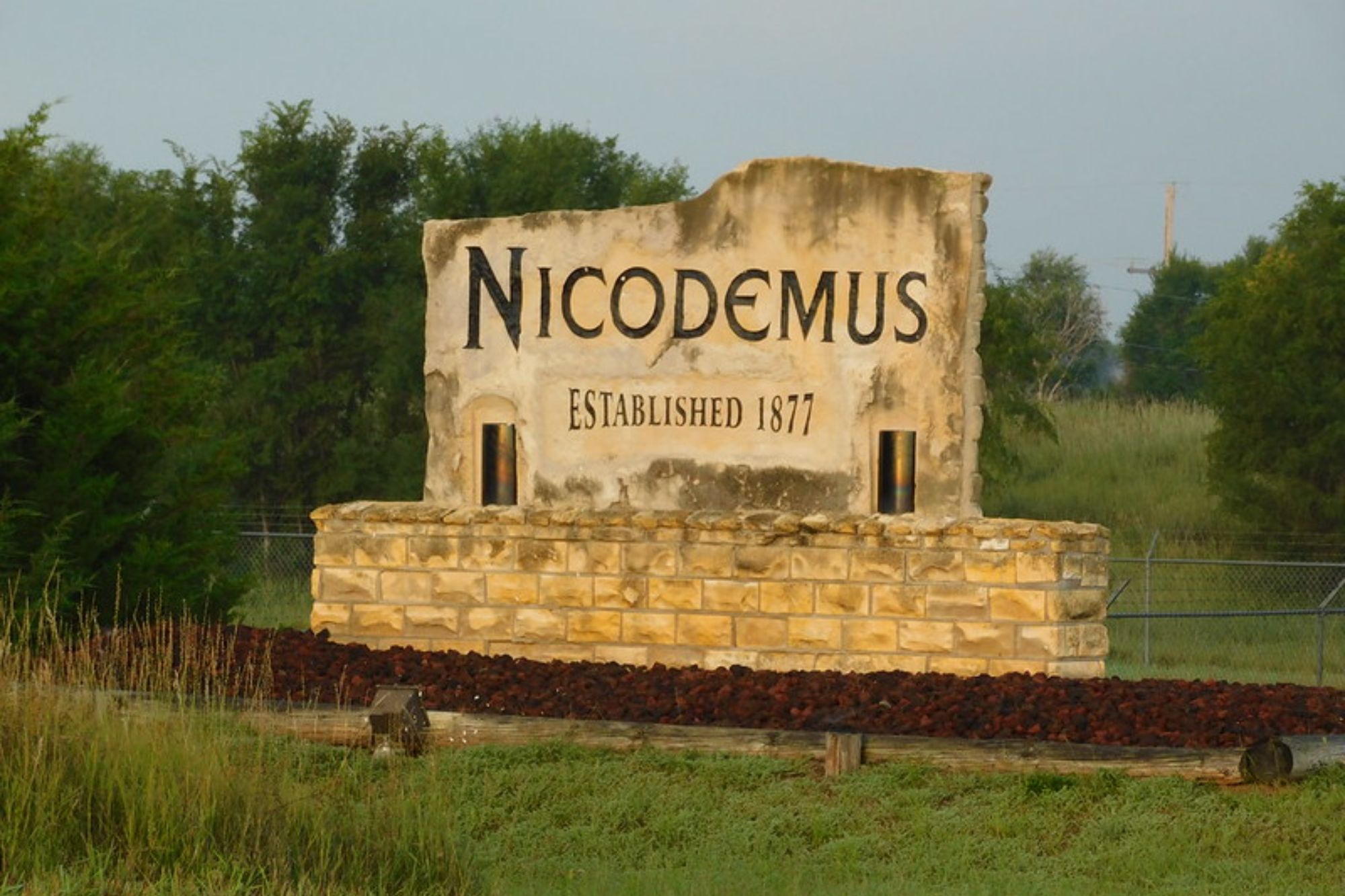
This remarkable town represents the oldest surviving Black settlement west of the Mississippi, established by formerly enslaved people during the Reconstruction era. The five remaining historic buildings constitute a National Historic Site that commemorates the African American homesteading experience on the Great Plains frontier.
Jackson Ward – Richmond, Virginia
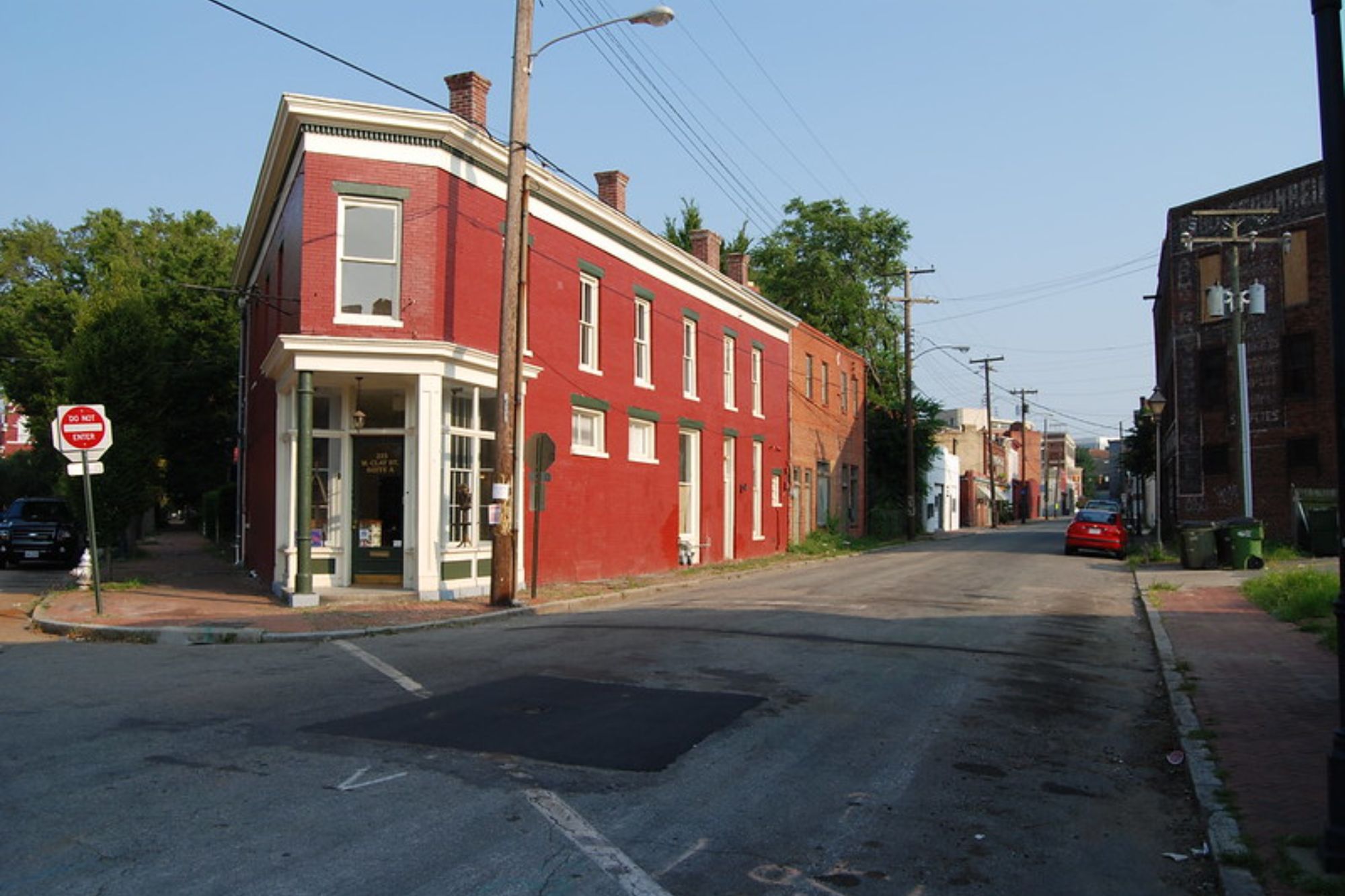
Once called the “Harlem of the South,” this neighborhood was a center for Black business, entertainment, and activism. Visitors can explore the Maggie Walker National Historic Site, honoring America’s first female bank president, the Black History Museum, and the elegantly restored Hippodrome Theater, where legendary performers once graced the stage.
Like Travel Pug’s content? Follow us on MSN.
Boley – Oklahoma
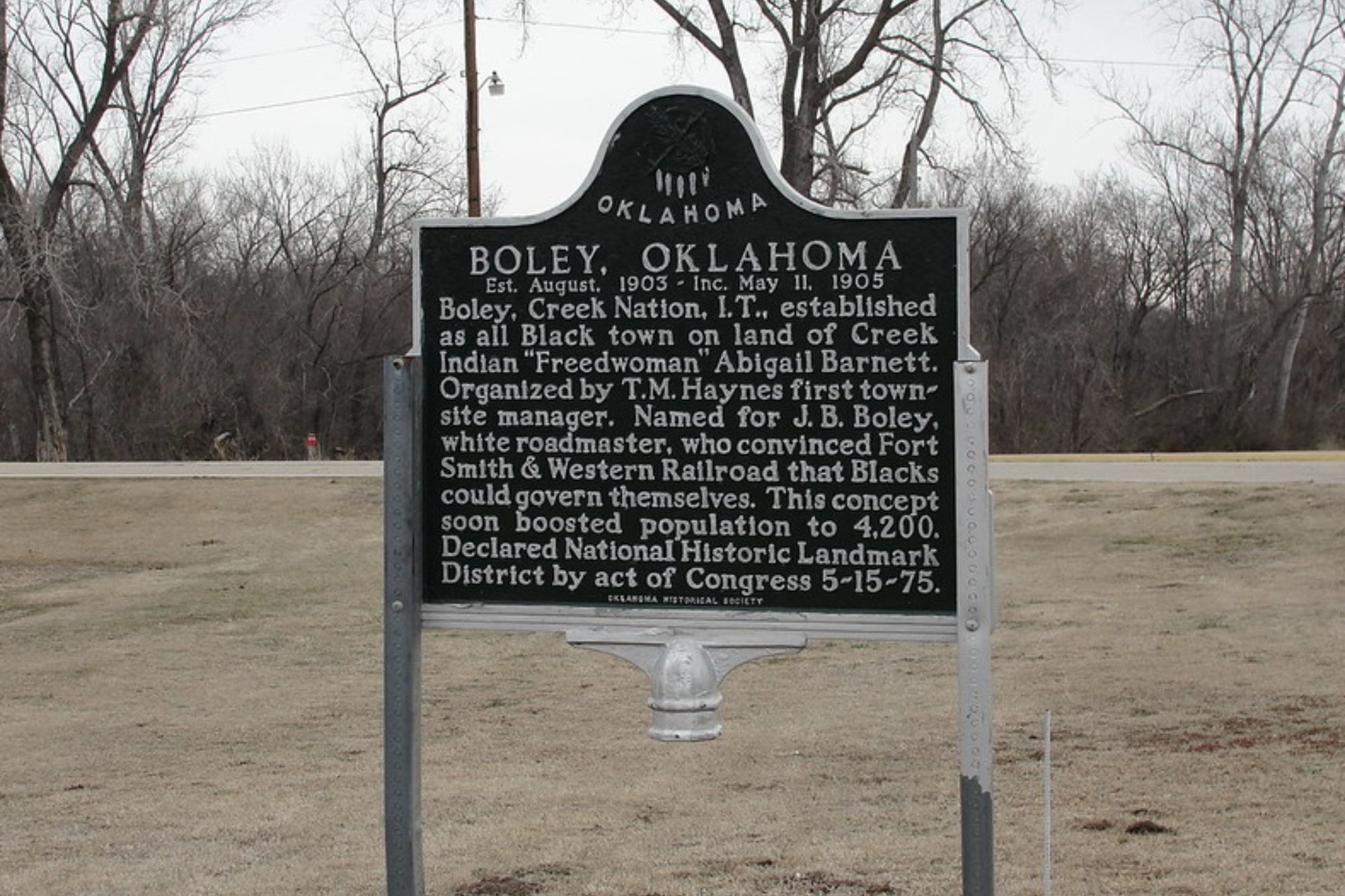
One of the most prosperous all-Black towns in the American West, Boley was incorporated in 1905 with its college and the first nationally chartered Black-owned bank. Today, visitors can attend the historic Boley Rodeo, established in 1905 and recognized as the nation’s oldest Black rodeo, held annually during Memorial Day weekend.
South Park – Seattle, Washington
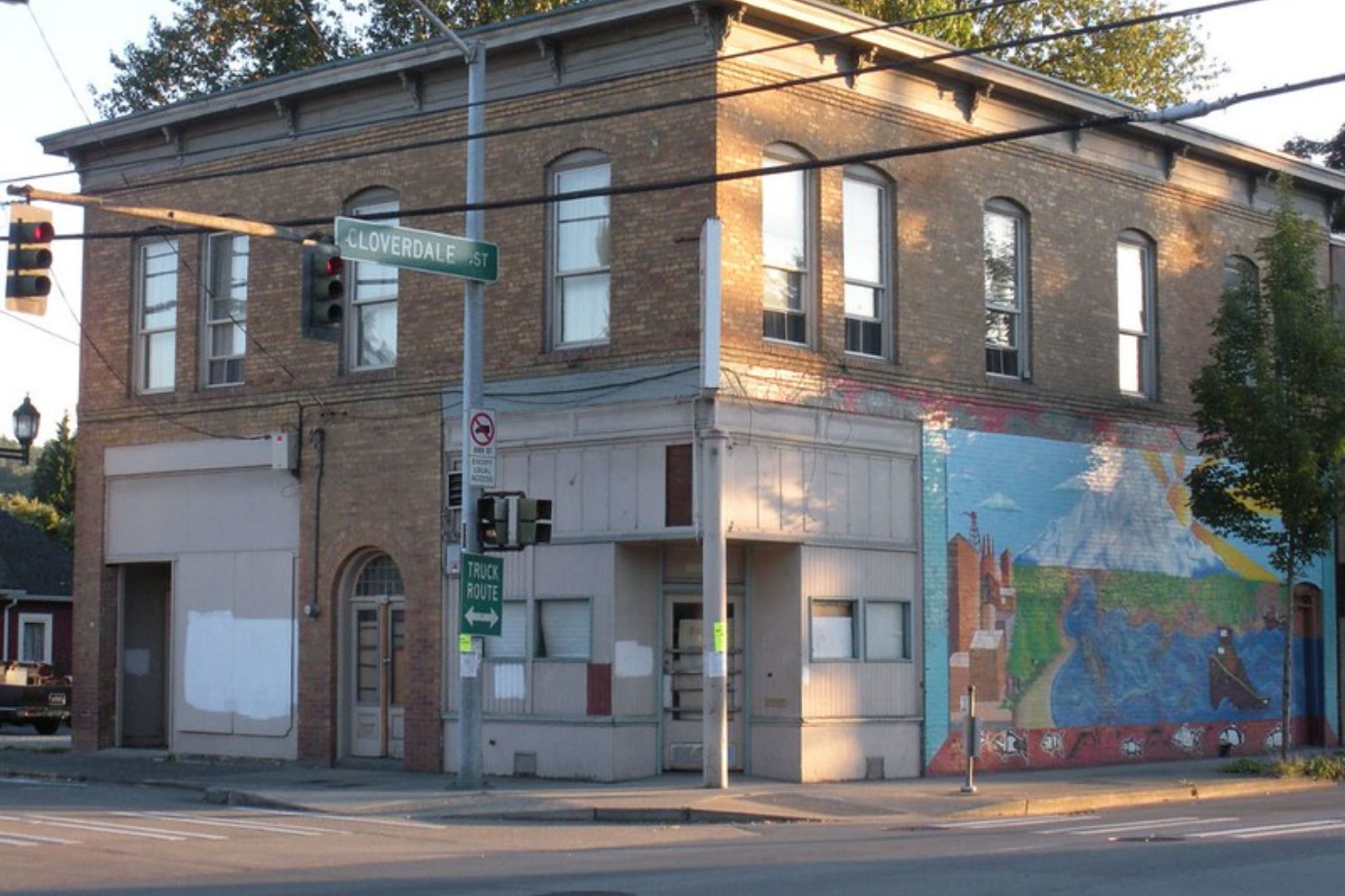
This historic neighborhood became a hub for Black life in the Pacific Northwest during the mid-20th century. The Northwest African American Museum chronicles this often-overlooked chapter of regional history. At the same time, the surrounding area maintains landmarks from the civil rights movement, including churches and community centers that hosted activists like Dr. King.
Harlem – New York City

The epicenter of the Harlem Renaissance cultural explosion of the 1920s remains a vibrant center of Black cultural life. Visitors can attend performances at the Apollo Theater, worship at Abyssinian Baptist Church, explore the Schomburg Center for Research in Black Culture, and dine at historic establishments like Sylvia’s Restaurant, which has served soul food since 1962.
Like Travel Pug’s content? Follow us on MSN.
Overtown – Miami, Florida
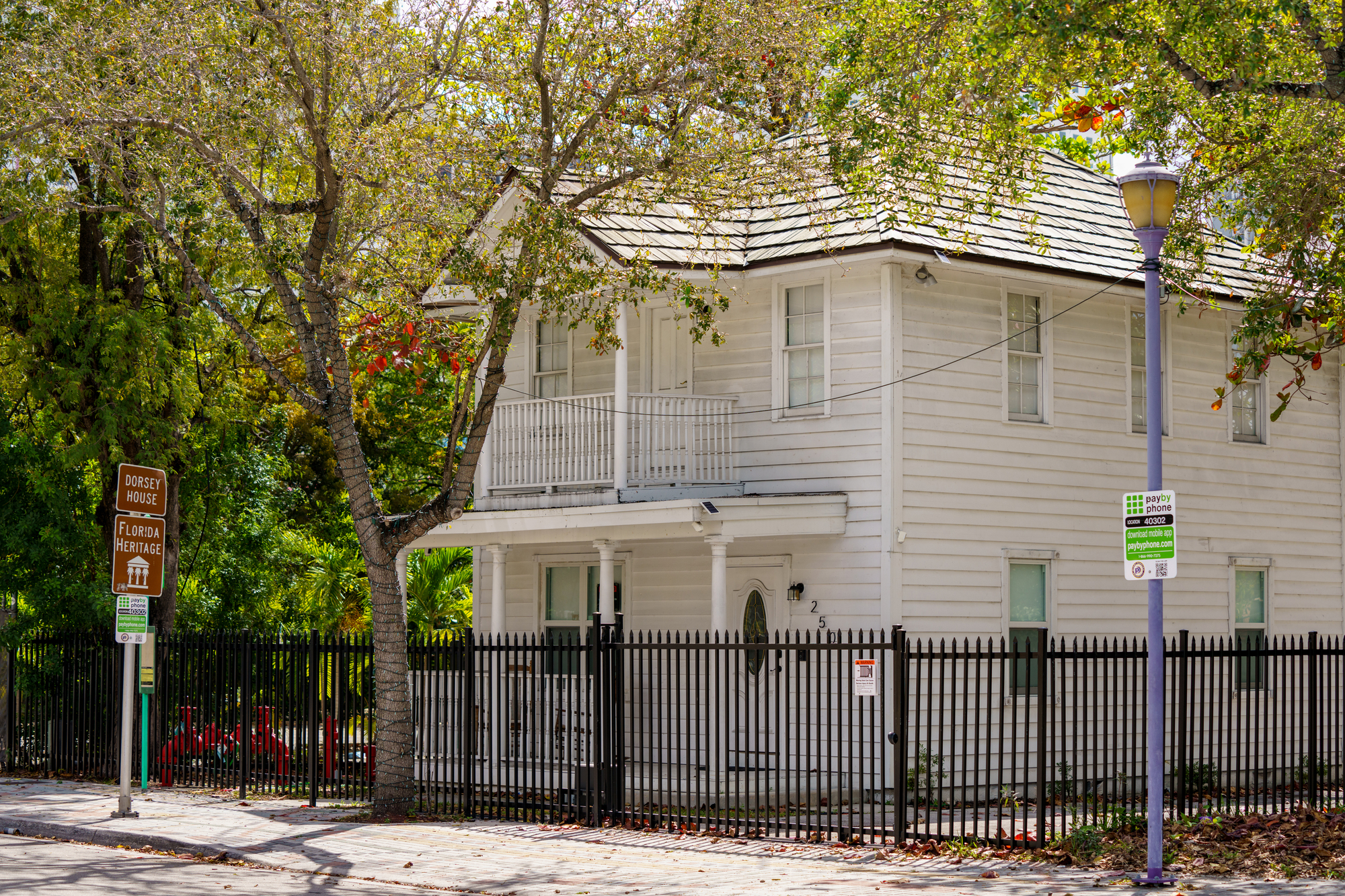
Once known as “Colored Town” during segregation, this neighborhood became a thriving entertainment district where legends like Ella Fitzgerald, Count Basie, and Billie Holiday performed. The Lyric Theater stands restored as a cultural center, while the Black Archives History and Research Foundation preserves the community’s rich heritage.
Weeksville – Brooklyn, New York
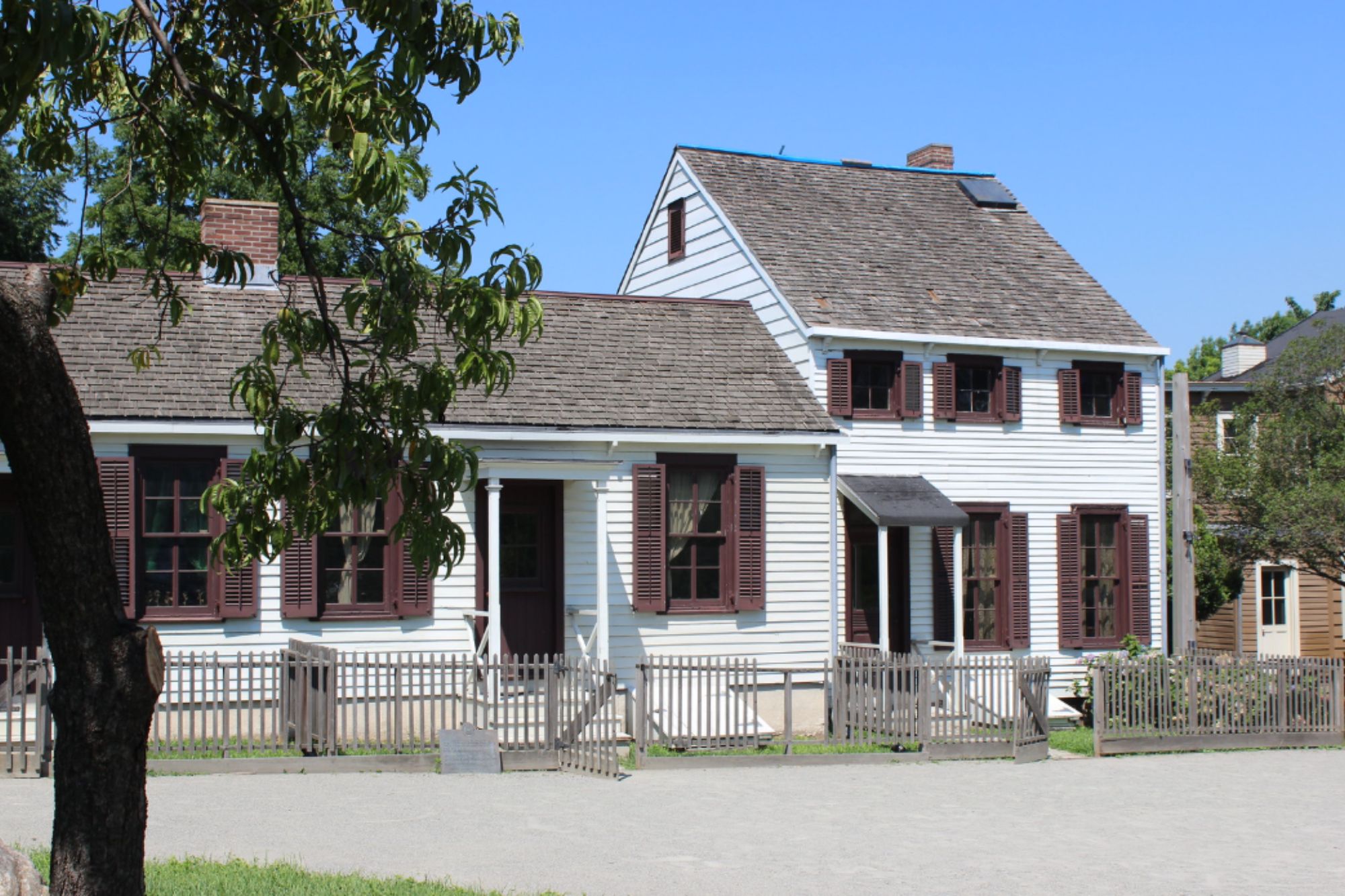
This remarkable settlement was founded by free Black Americans in the 1830s, decades before slavery was abolished nationwide. The meticulously restored Hunterfly Road Houses offer glimpses into 19th-century Black urban life, while educational programs explore this early experiment in Black self-determination and community building.
Eatonville – Florida
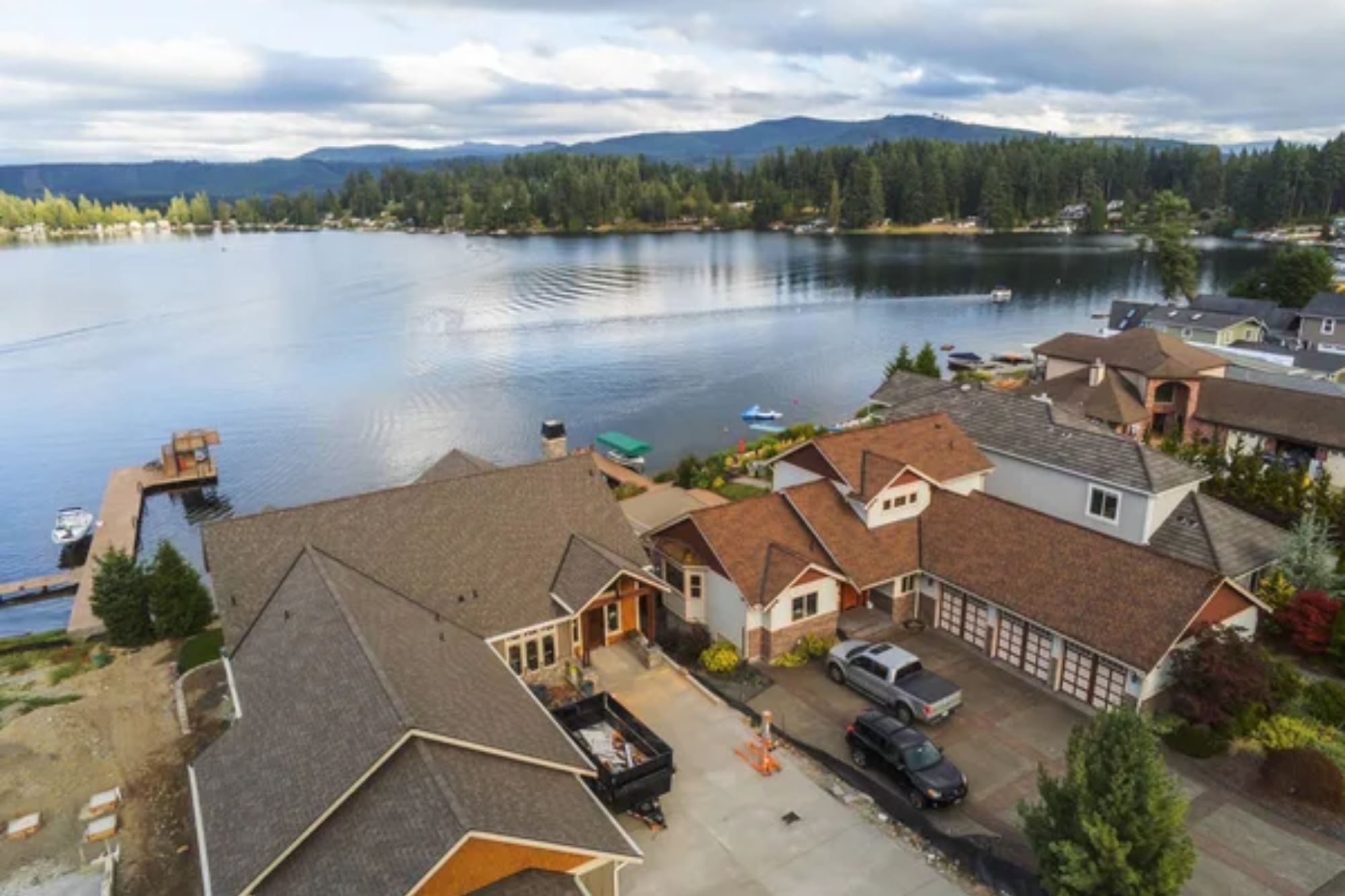
Incorporated in 1887 as one of the first self-governing Black municipalities in America, Eatonville gained literary fame as the hometown of author Zora Neale Hurston. The annual Zora Festival celebrates her legacy, while the Zora Neale Hurston National Museum preserves both her work and the town’s unique history as an early center of Black governance.
Like Travel Pug’s content? Follow us on MSN.
Fourth Avenue District – Birmingham, Alabama
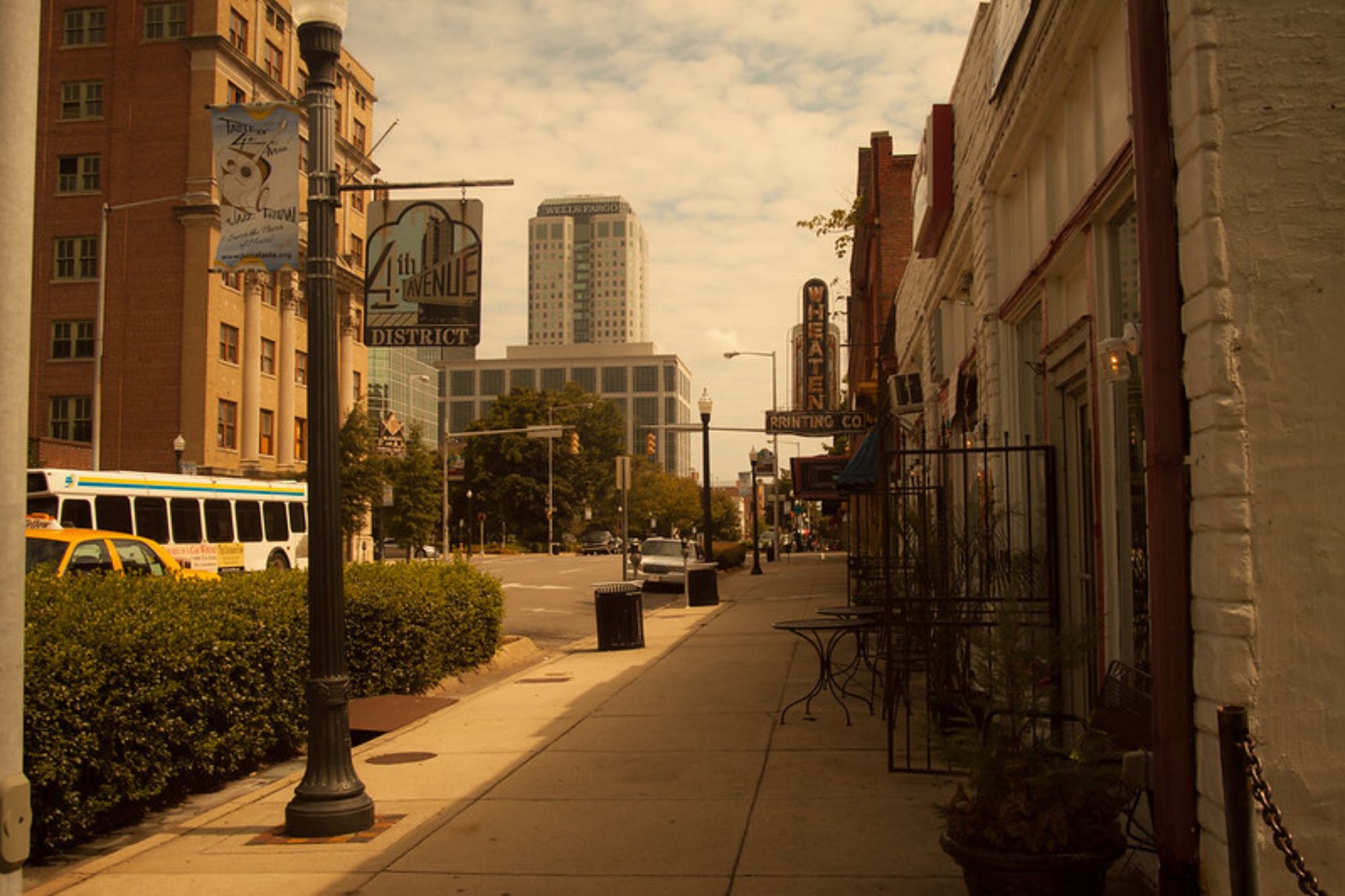
This business district became known as “Little Harlem” during segregation when it housed over 60 Black-owned businesses. Today, the area features the Birmingham Civil Rights Institute, the historic 16th Street Baptist Church, and Kelly Ingram Park with its powerful civil rights monuments, forming a national monument to the struggle for equality.
Hayti District – Durham, North Carolina
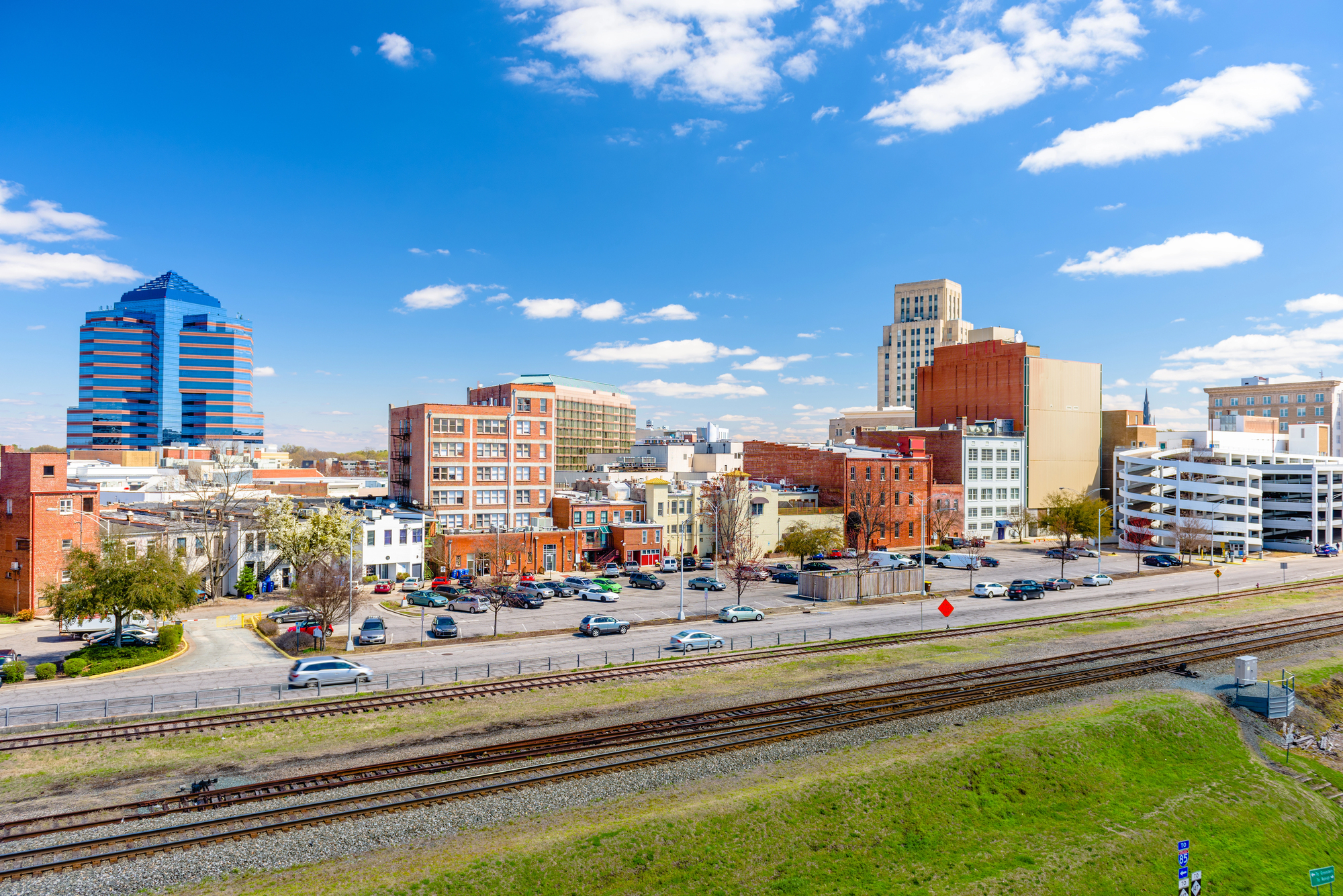
Once called the “Capital of the Black Middle Class,” this neighborhood was anchored by North Carolina Mutual Life Insurance Company, the nation’s largest Black-owned business by 1900. The Hayti Heritage Center, housed in the former St. Joseph’s AME Church, preserves this legacy of Black economic empowerment through cultural and educational programs.
Africatown – Mobile, Alabama
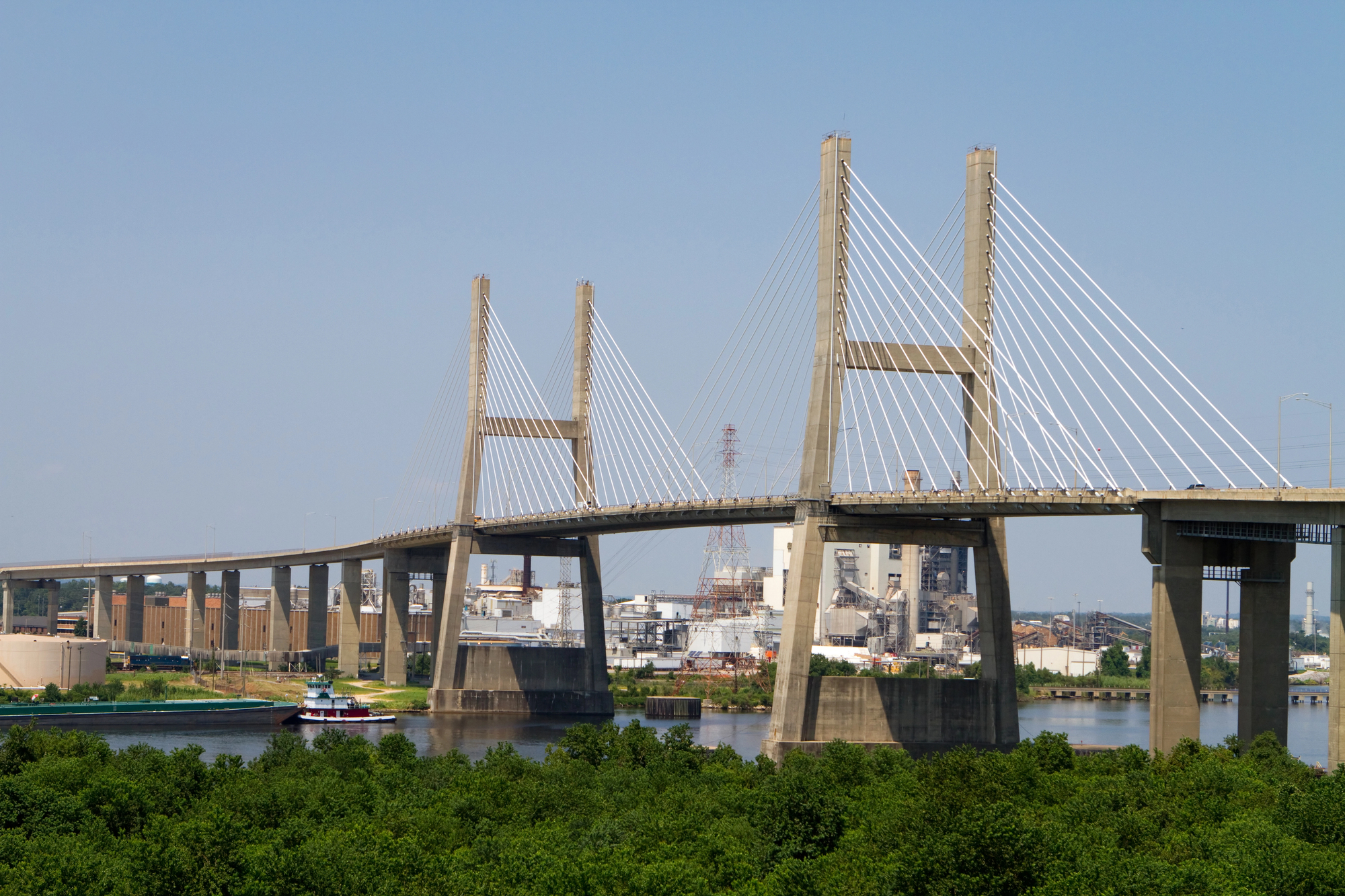
Founded by survivors of the Clotilda, the last known slave ship to reach American shores illegally in 1860, this community maintained distinct African traditions longer than perhaps any other in the country. The new Africatown Heritage House museum tells the story of these 110 individuals who created a home in freedom while maintaining connections to their Yoruba and West African roots.
Like Travel Pug’s content? Follow us on MSN.
Five Points – Denver, Colorado

This neighborhood developed as the heart of African American culture in the Rocky Mountain region, producing notable jazz venues that hosted legends like Duke Ellington and Billie Holiday. The Black American West Museum highlights the often-overlooked contributions of Black cowboys, settlers, and miners to Western expansion.
Mound Bayou – Mississippi
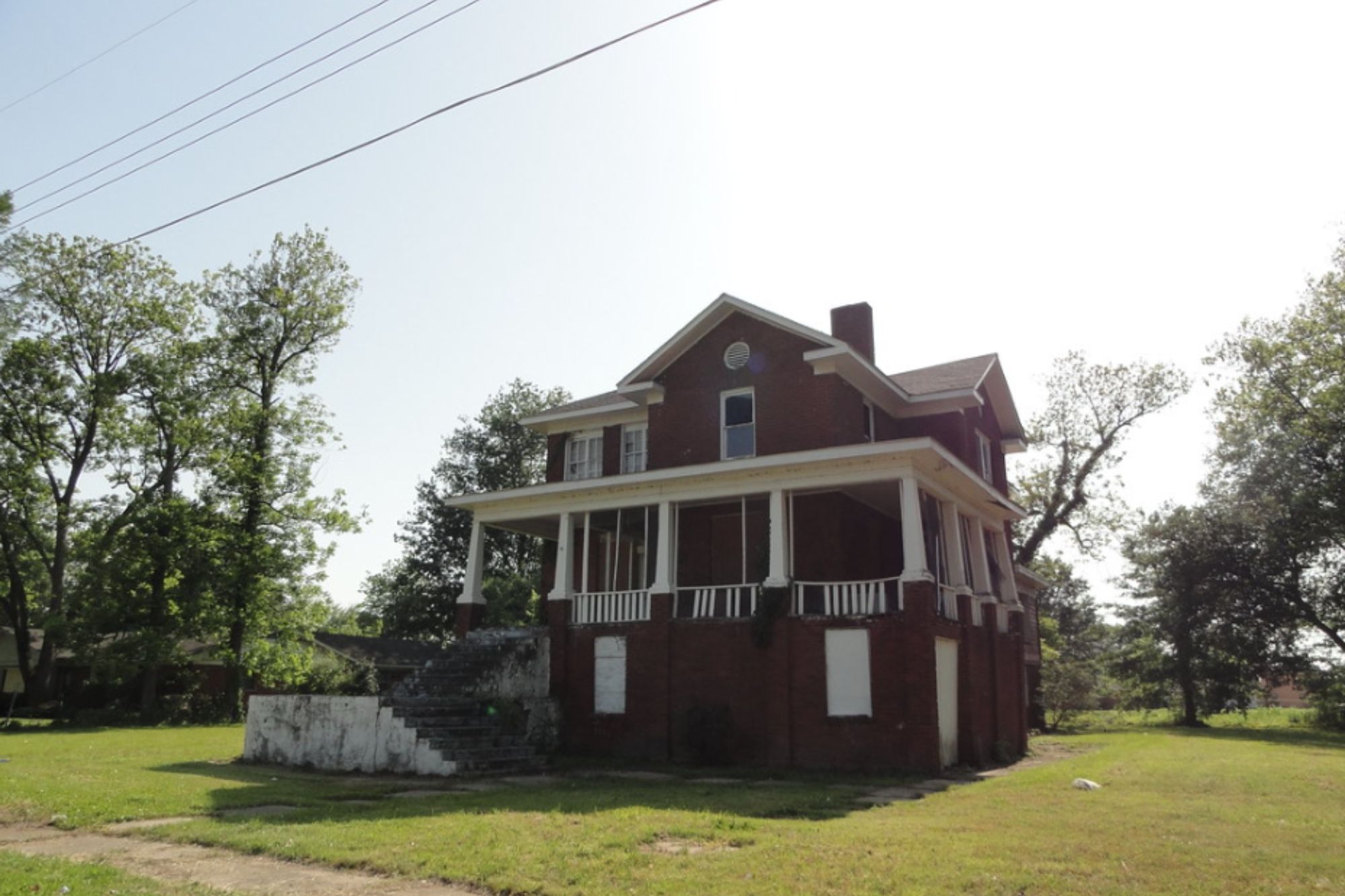
Founded in 1887 by formerly enslaved people, this town in the Mississippi Delta became a model of Black self-governance and economic independence. Visitors can see the historic I.T. Montgomery Home, named for the town’s founder, and experience a community that represented a vision of Black autonomy during the harsh reality of Jim Crow segregation.
Highland Beach – Maryland
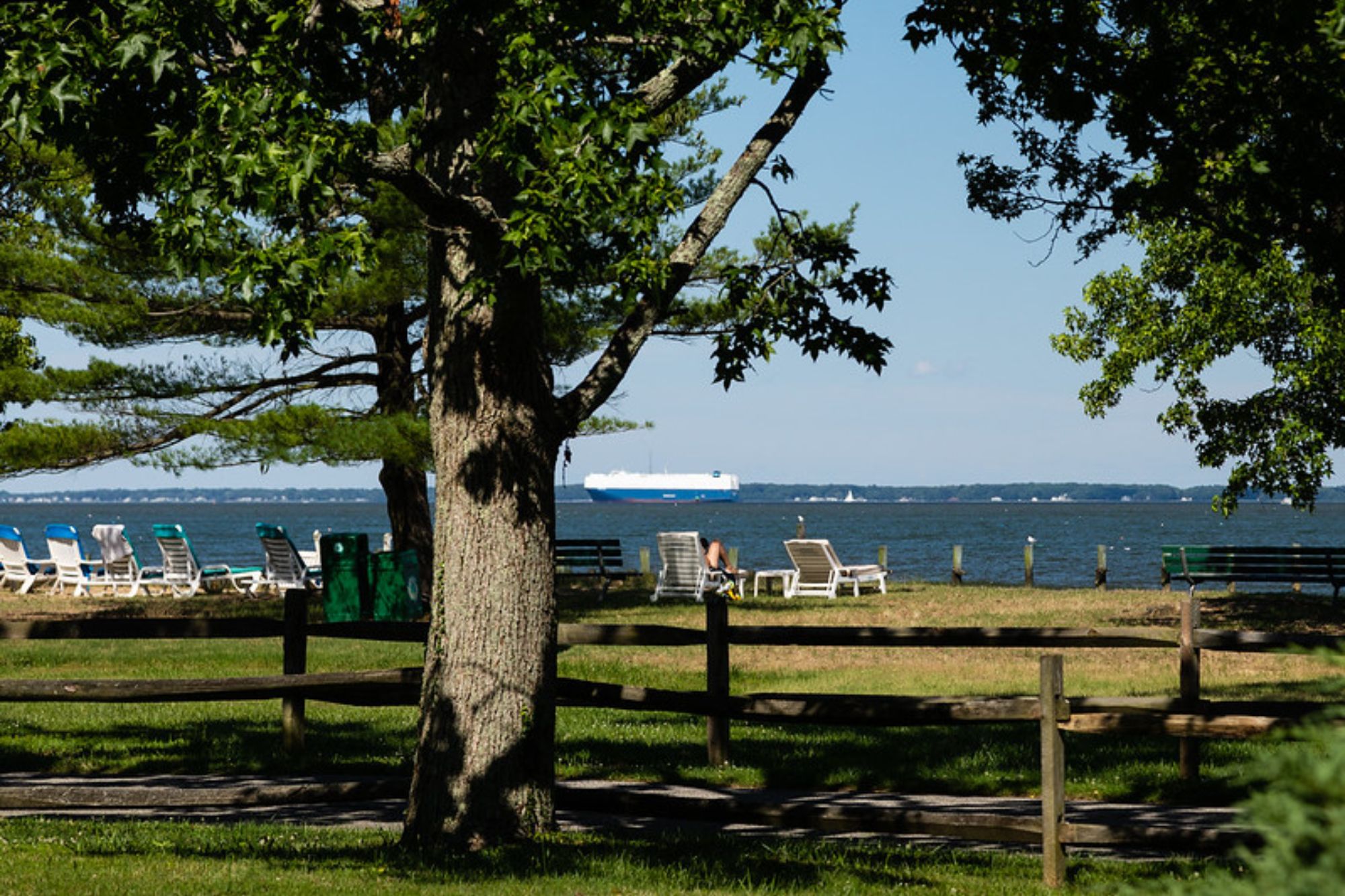
Established in 1893 by Frederick Douglass’ son Charles as a resort community after being denied entrance to nearby whites-only beaches, this town became a gathering place for Black intellectuals and professionals. The Frederick Douglass Museum and Cultural Center occupies the site where the famed abolitionist had planned his retirement home.
Like Travel Pug’s content? Follow us on MSN.
Historically Black Colleges and Universities
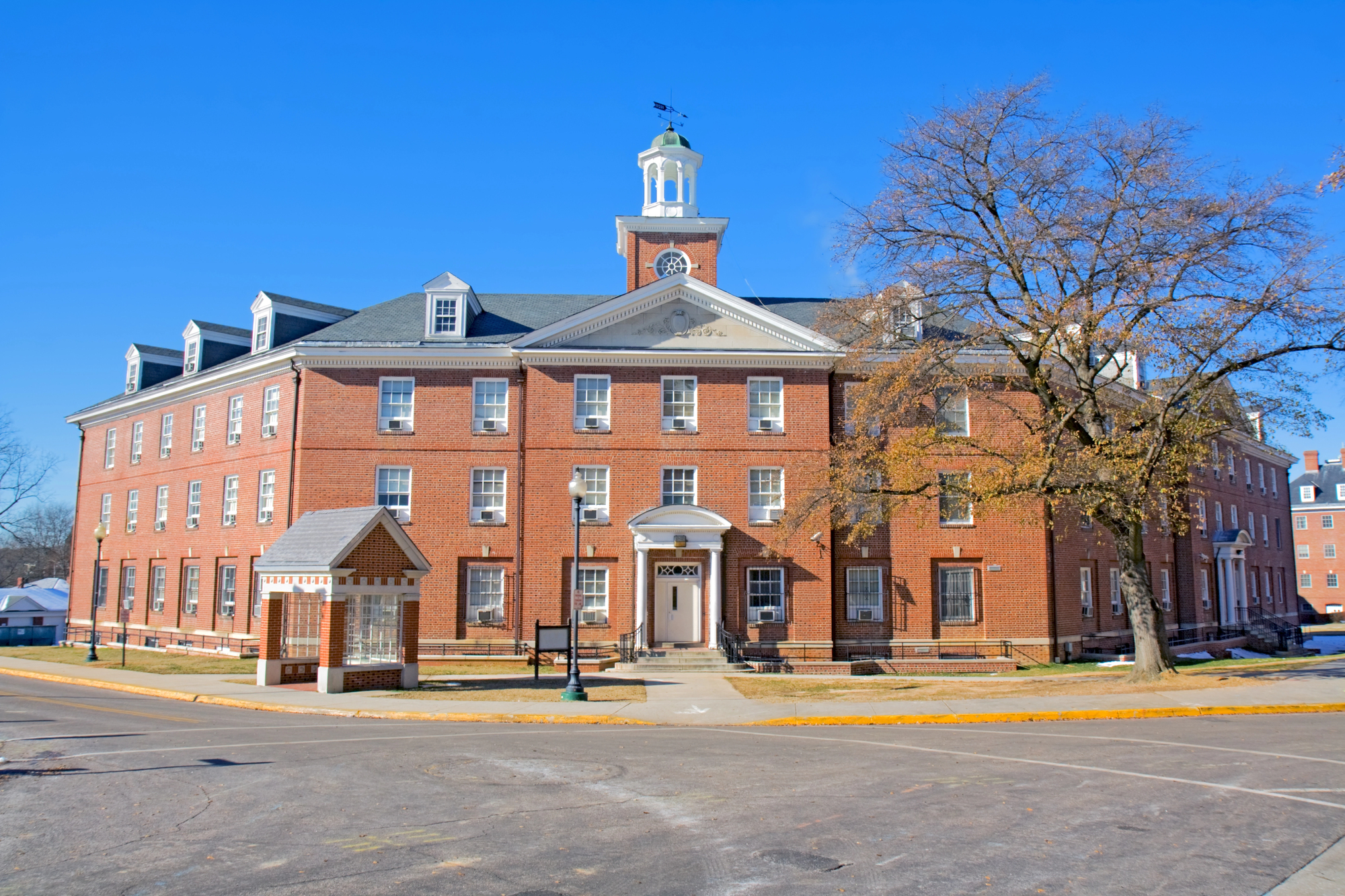
Though not a single location, many HBCUs have preserved historic campuses that reflect over 150 years of Black educational advancement. Howard University in Washington, DC, Fisk University in Nashville, and Tuskegee University in Alabama offer campus tours highlighting architectural treasures and the accomplishments of alumni who shaped American history.
Gullah Geechee Cultural Corridor
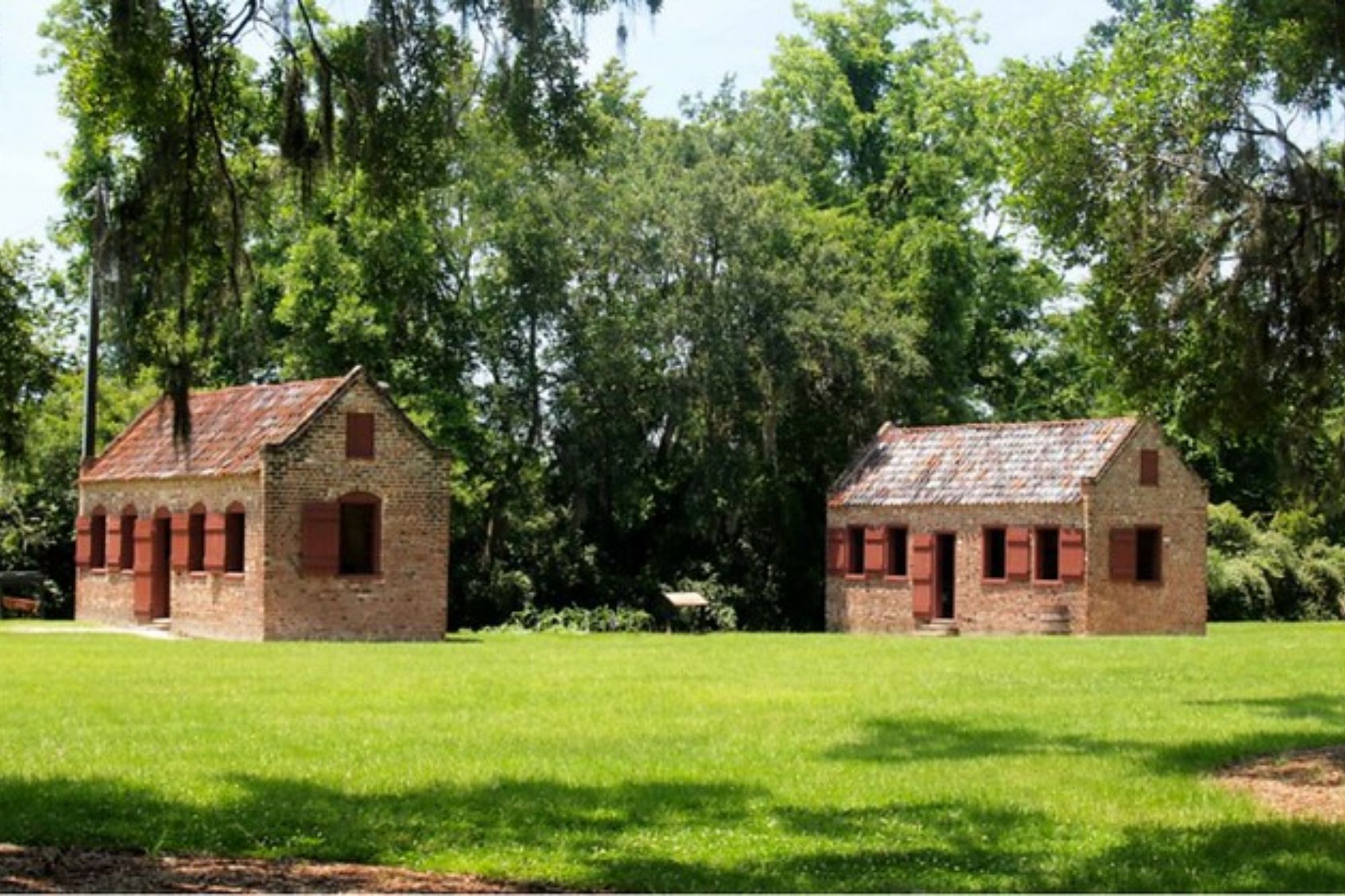
Stretching along coastal communities from North Carolina to Florida, this designated National Heritage Area preserves the distinctive culture of descendants of enslaved West Africans who maintained strong linguistic and cultural traditions due to geographic isolation. Visitors can experience living traditions through tours of historic sites, culinary experiences, and cultural festivals celebrating this unique American heritage.
Honoring American Resilience

These historic Black communities represent American stories that deserve recognition, preservation, and celebration. By visiting these sites, travelers gain a deeper understanding of how African American communities have shaped our national identity through innovation, artistic expression, and persistent demands for justice and equality.
Each location offers powerful reminders that American history is incomplete without acknowledging the central role of Black Americans in building the nation we share today.
These historic Black communities represent American stories that deserve recognition, preservation, and celebration. By visiting these sites, travelers gain a deeper understanding of how African American communities have shaped our national identity through innovation, artistic expression, and persistent demands for justice and equality.
Each location offers powerful reminders that American history is incomplete without acknowledging the central role of Black Americans in building the nation we share today.
More from Travel Pug

- Cities Growing so Fast You Won’t Recognize Them in 10 Years
- 13 Destinations Where Tourists Regularly Regret Their Trip
- 16 U.S. Cities That Are Quietly Becoming Travel Hotspots
- Where to Travel If You Love Long Bus Rides and Daydreams
- 20 Cities Perfect for Solo Travelers Who Crave Adventure & Culture
Like Travel Pug’s content? Follow us on MSN.
